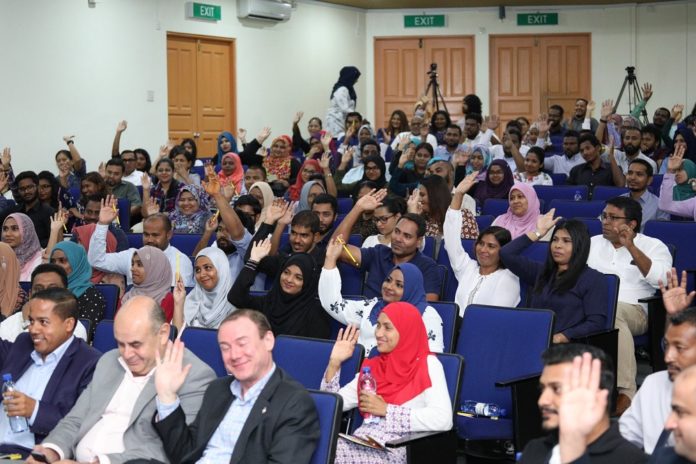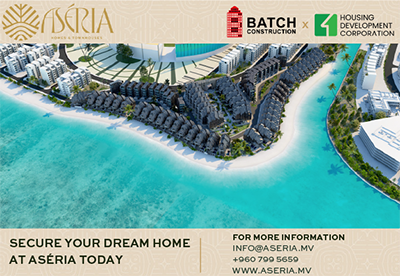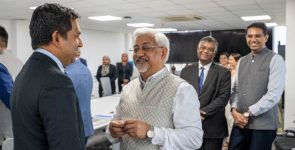Human Resource Management (HRM) is one of the key support functions for any hospitality operation and organizations will find themselves adding and sometimes subtracting value to/from the organization by how the HRM function is driven. Trust me, I was in HR for a long time. I have seen how conventional thinking slowly became ineffective and insufficient. A lot has changed since I first started in HR. Here, I like to share some of my thoughts that I feel will make the HRM process more efficient and most importantly more effective in today’s competitive environment. Some of it has worked very well for me. I am not implying that these will solve or even fix (short term) many of the complex challenges we have in the industry today, I am saying they might be helpful in addressing some.
Accept reality – high turnover is here to stay
Facts and numbers speak for themselves. Ads for vacancies come out every day and some of these ads repeat themselves for long periods of time. We do not have enough newcomers and existing labor to fill even the immediate vacancies in the industry. We are currently looking at more than 6000 employees for resorts due to open in the next 6 to 12 months. This is already becoming a daunting task for HR teams. The pool is not enough for everyone. Find alternatives.
Don’t waste time, energy and money (and break yourself) to change reality when perception is the real issue. In the society in general and in the smaller island communities in particular, tourism is still not considered as a viable career. Nothing substantial has been done over the past 46 years to change this perception, tourism is still seen as lesser form of employment by the masses.
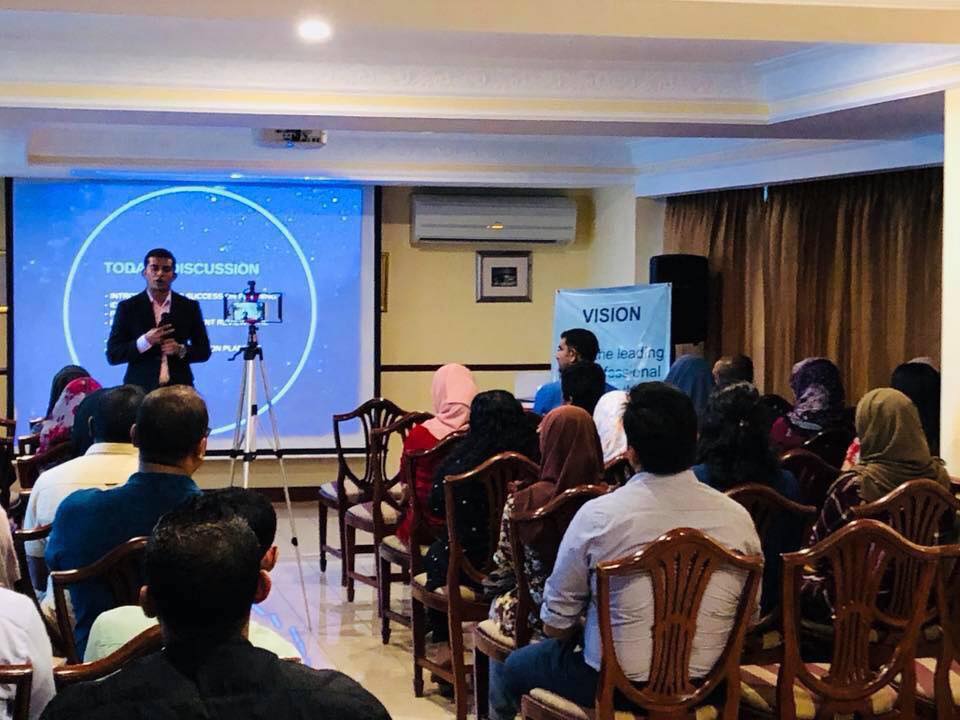
Discard old paradigms
One of the key guiding mantras for HR for a long time had been retention. Retain more people for longer. This sometimes makes managements bend over backwards until they fall but never achieve this objective. I have seen resorts where retention became an issue when people decide to stay for too long. Truth is, there is no perfect formula and there is no sweet spot as to how long managements should aim to retain people for. My argument is – also my advice to employees – if someone is stuck in the same position for more than 2 years and if there is no suitable role for that person to move up or at least sideways, look for new pastures, find something new before that person burns out.
All employers are not created equal
Differentiate yourself from the competition. We are all chasing the same waiter, butler or island host. Sometimes this is easier said than done. If you are not in Male atoll, look around the atoll community, look for any potential that you can tap into. Some resorts are parts of well-known brands and some resorts can command higher ADR thus resulting in higher monthly service charge depending on the occupancy. Some resorts have smaller teams of less than 150 team members and some on the other hand may have larger teams in excess of 500 team members. Sometimes it may be more regular ferries to one (probably the largest population center) island in the atoll. There are strengths you can leverage off if you are a small independent brand. You must also remember that all employees are NOT created equal – instead of looking for superstars for their individual brilliance, consider people for the contribution they can make to the existing team.
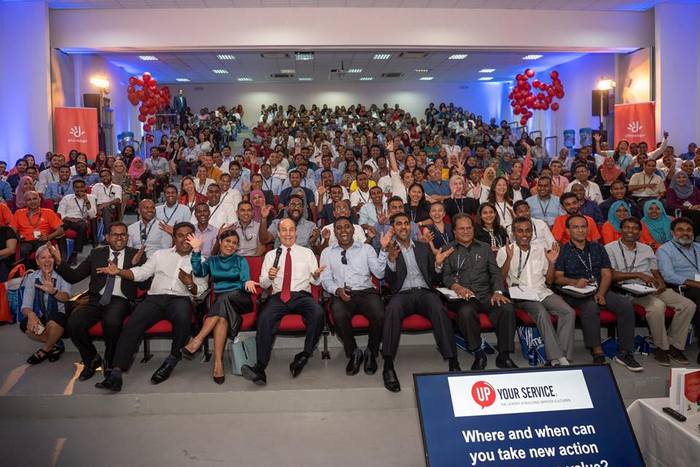
Train and retrain teams to overcome biases and assumptions
Find algorithms that will work for your organization. Recruitment, selection and performance management requires more structure and more effort to eliminate ‘noise’ in the system that cloud a manager’s judgement. More often than not, essential processes like recruitment gets implicitly sabotaged by pre-conceived notions, stereotypical thinking, heuristics, assumptions and biases. HR must take the lead in training their own teams and other HoDs to make sure that they are aware of any such potential pitfalls. As much as possible, base all decisions, especially people related decisions on data and facts rather than assumptions. Look inwards, have sessions for reflection on your performance aimed at continuous improvement.
Pay more attention to engagement
Engagement will come in all shapes and forms. For some, anything that gives them a purpose will be motivation/drive enough to wake up and go to work every day. I have always used varying combinations of training, development and recreational activities for the team to achieve this. There is no silver bullet solution and there is no optimum combination – everything depends on the specific conditions of the resort, size of the team and facilities available. Don’t waste time, energy and money (and break yourself) to change reality when perception is the real issue. I have used up to 40 different training titles and of all these, I found IT (just basic computer usage, specific programs like Social Media, Photoshop, Office Applications) for the everyday user generated the most excitement! Look for activities that large groups of people can interact together, concentrate on those but do not neglect the minorities. I am starting a new strategy where I am grouping everyone by their hobbies and facilitating clubs for music, art, environmental stewardship and so on.

Efficiency is not always the same as effectiveness
Take a long hard look at your processes and procedures, think of them as vehicles that take you to your KPIs or ultimate objectives. What vehicle you choose, what vehicle will be most effective will depend on the destination itself. In Maldives you can always think of the sea transport analogy. I remember a time when resorts further away from Male had subjected their guests to long and grueling sea journeys. Those days are long gone – and so should some of your processes and procedures. Do these procedures add any value to your teams of operations? If not, just scrap them, or review them if you need to keep them. I am sure a lot of HR managers will find processes like yearly performance appraisals just create more paperwork and headache than anything else.
Tap into the free power source – social media
If we can get all our 100 or 200 team members work as ambassadors for us on social media that is a lot of social power! They will keep their peers/social group engaged in what is happening at the resort. This in turn creates a lot of goodwill in that social circle. Allow and encourage team members to share fun team activities on social media for maximum exposure. Publicity is always good and just like word of mouth is the best form of advertising to attract new customers, it is as good – if not a better – medium to attract new employees.
If you want to get that competitive edge over your neighbors, don’t depend on one or two initiatives – find five to ten that will each give you just few percentage points of an edge over your current situation. Find your strategic fit. I have in one of my previous blog posts, highlighted the importance of striking a balance between being people-centric or process-centric in your HRM. Some resorts can afford to be people-centric but some cannot. It is therefore important for each management to determine which approach will add most value to their HRM function. Instead of looking for the perfect, best groomed, most meritorious candidate, look for the most enthusiastic, look beyond the first impression, dig deeper and find that candidate who will fill that blank spot on your team jigsaw.
Source: Hassan Saeed | LinkedIn

